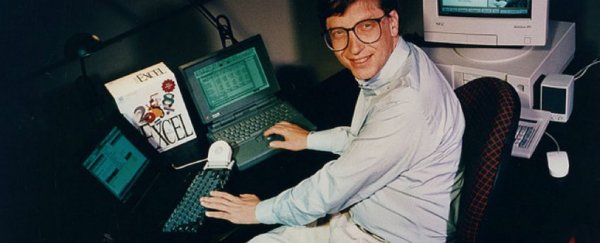It's like the famous quote mistakenly attributed to Pablo Picasso: Good artists copy; great artists steal.
There's something to be said for being the first one to the market. But the history of tech is riddled with cases where a company just straight up takes an old idea, perfects it, and ends up as a runaway success. (Spoilers: Apple shows up a lot.)
By the early '70s, computer processors had finally gotten cheap enough that people could actually afford them - but you still pretty much had to build your own computer. It was really a thing for hobbyists.
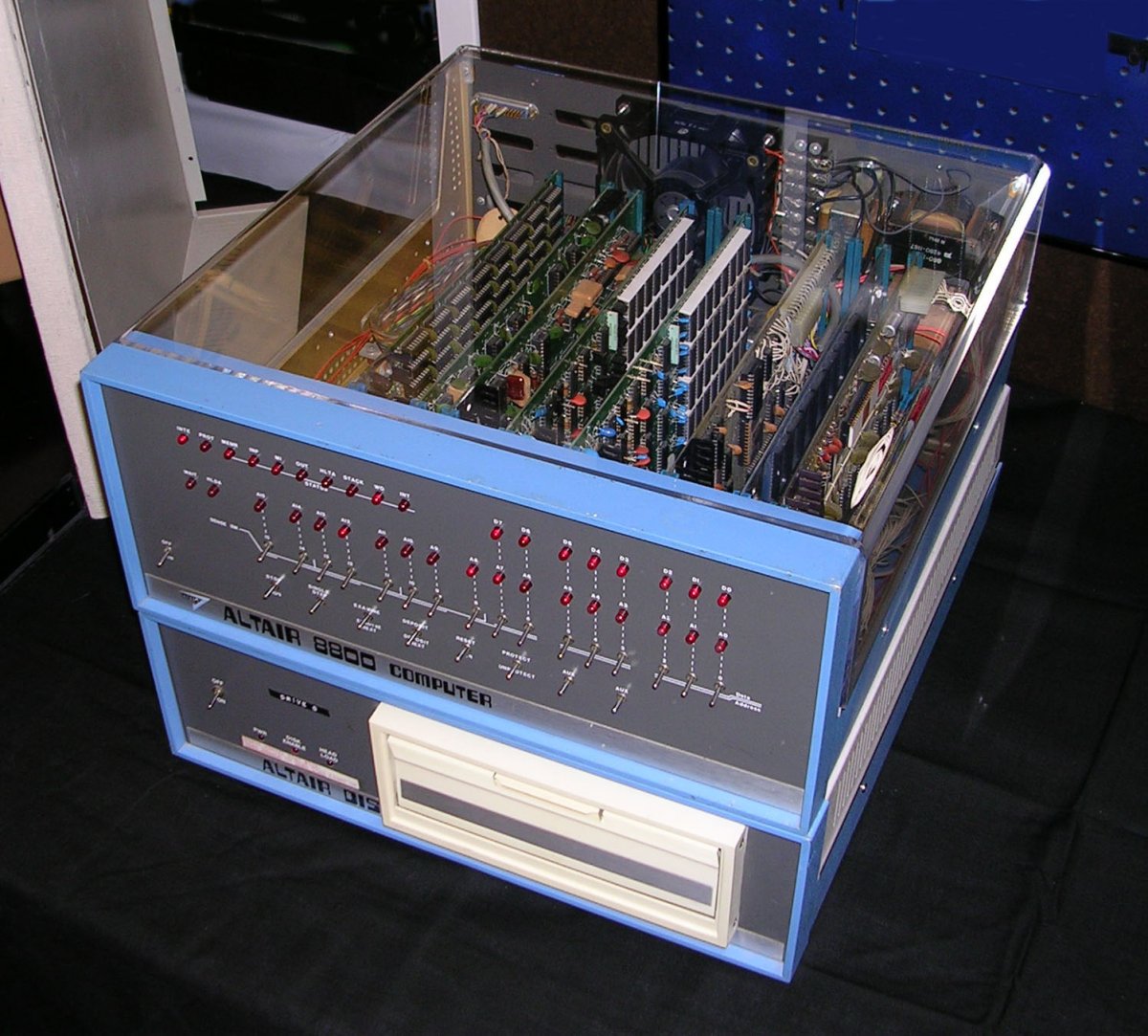 WikiMedia Commons
WikiMedia Commons
It was a big deal when Apple introduced the Apple II in 1977. Apple did all the hard work of building and integrating the parts for you, so all you had to do was turn it on.
It was the direct ancestor of the modern PC.
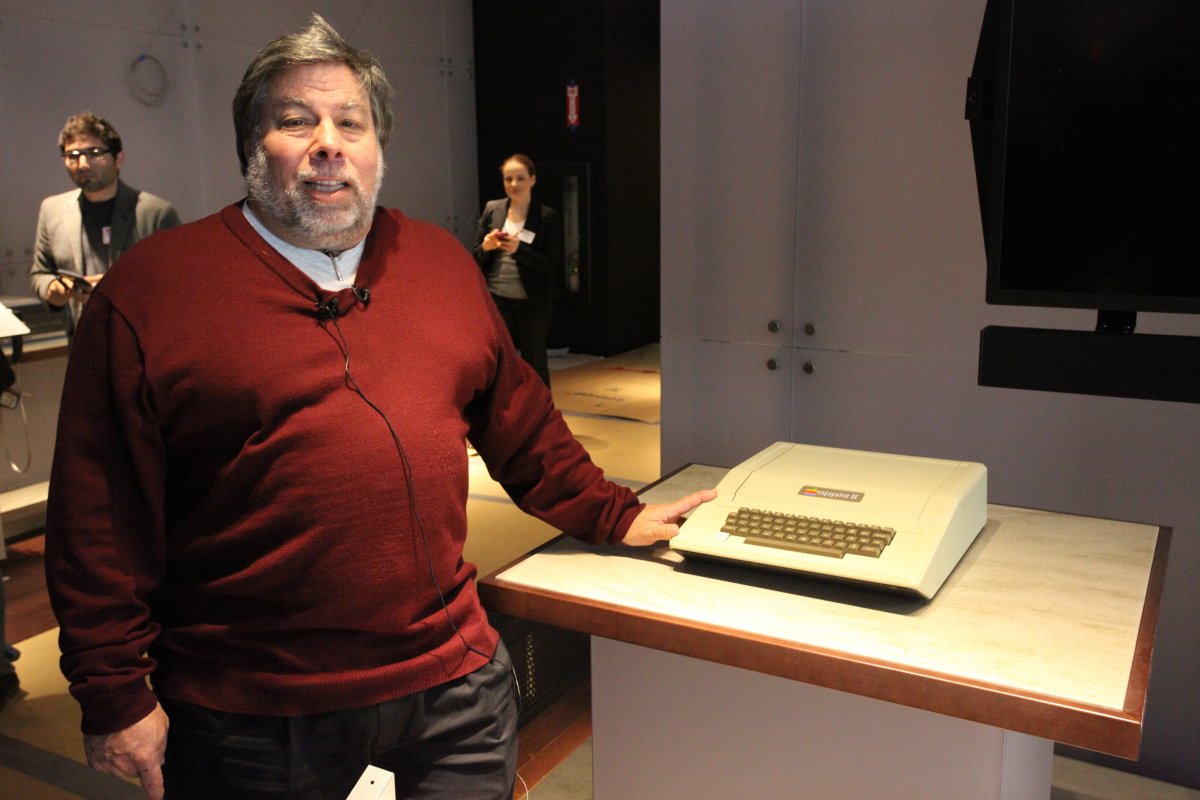 Robert Scoble/Flickr
Robert Scoble/Flickr
In 2001, Windows PC manufacturers were making touch-screen Tablet PCs based on a Microsoft specification.
Despite a lot of hype, they never caught on - they were too expensive, required a stylus instead of letting you use your fingers, and there wasn't enough software.
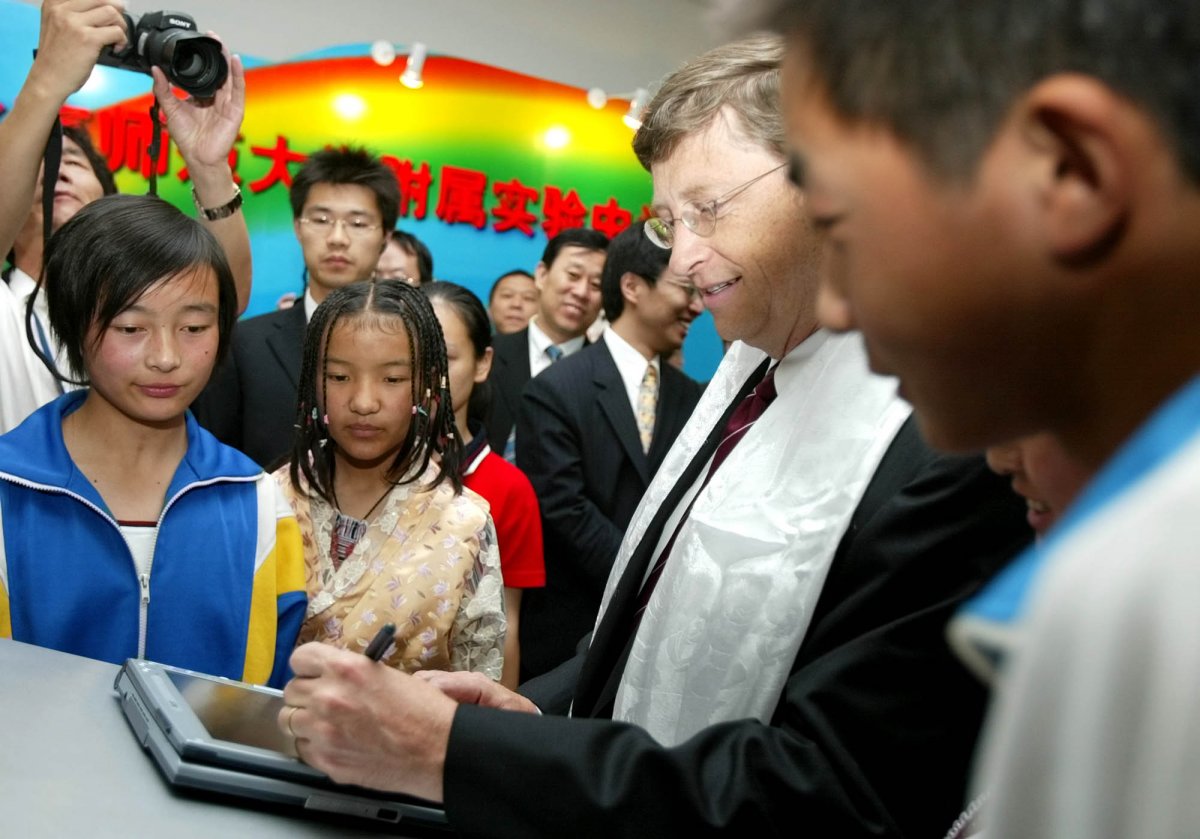 Greg Baker/AP
Greg Baker/AP
In 2010, Apple swooped in with the iPad. Flush with apps from the App Store, and riding the success of the iPhone, "iPad" has become synonymous with "tablet".
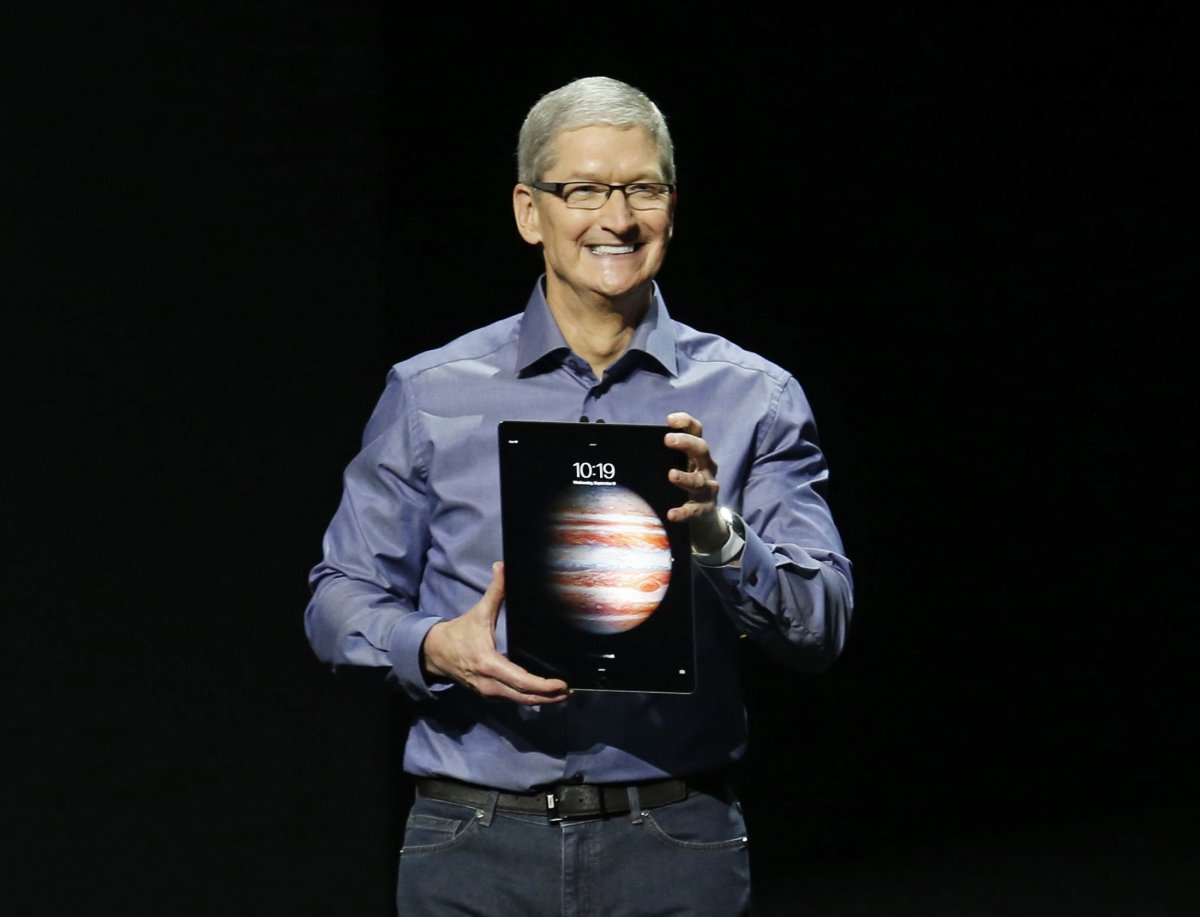 Beck Diefenbach/Reuters
Beck Diefenbach/Reuters
Similarly, Microsoft was the first big tech company to develop voice-recognition capabilities - but they never did very much with them. This is from 'MiPad', a never-released voice-recognition-software prototype demoed by Microsoft Research in 2001.
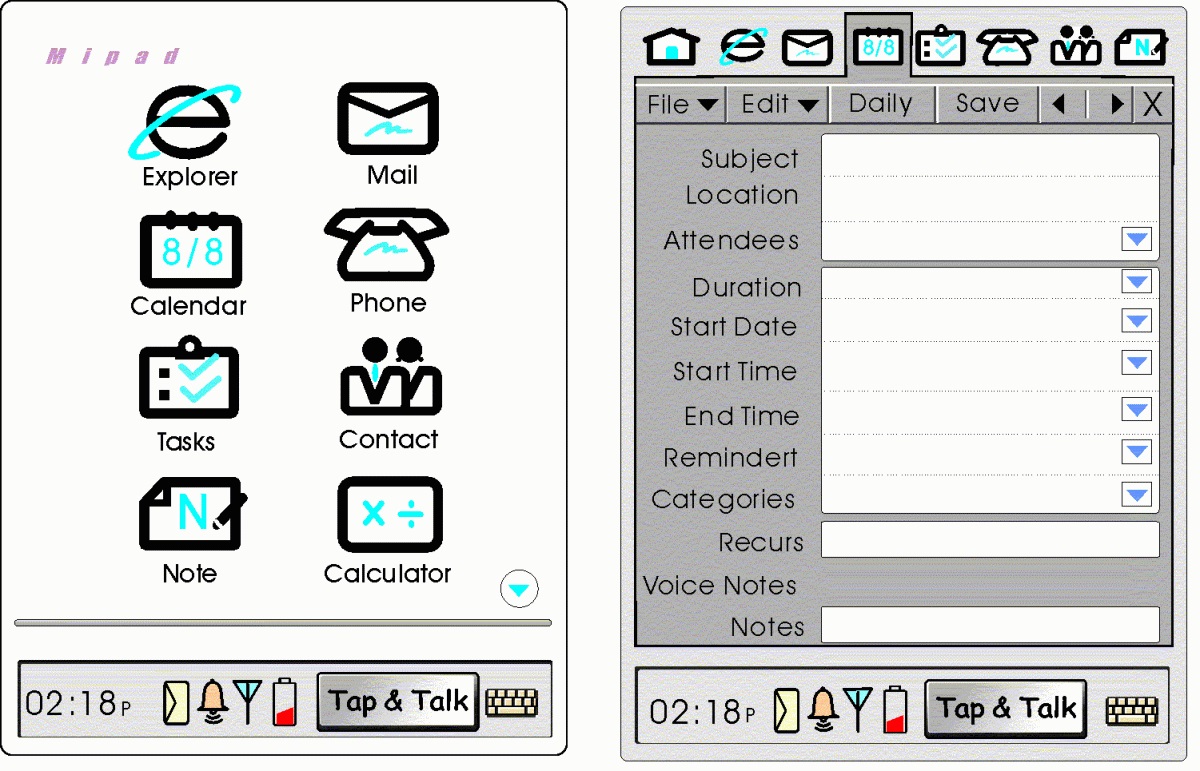 Microsoft
Microsoft
Here's Apple again: In late 2011, the iPhone 4s swooped in with Siri, the first real voice-activated assistant that was accessible to normal people.
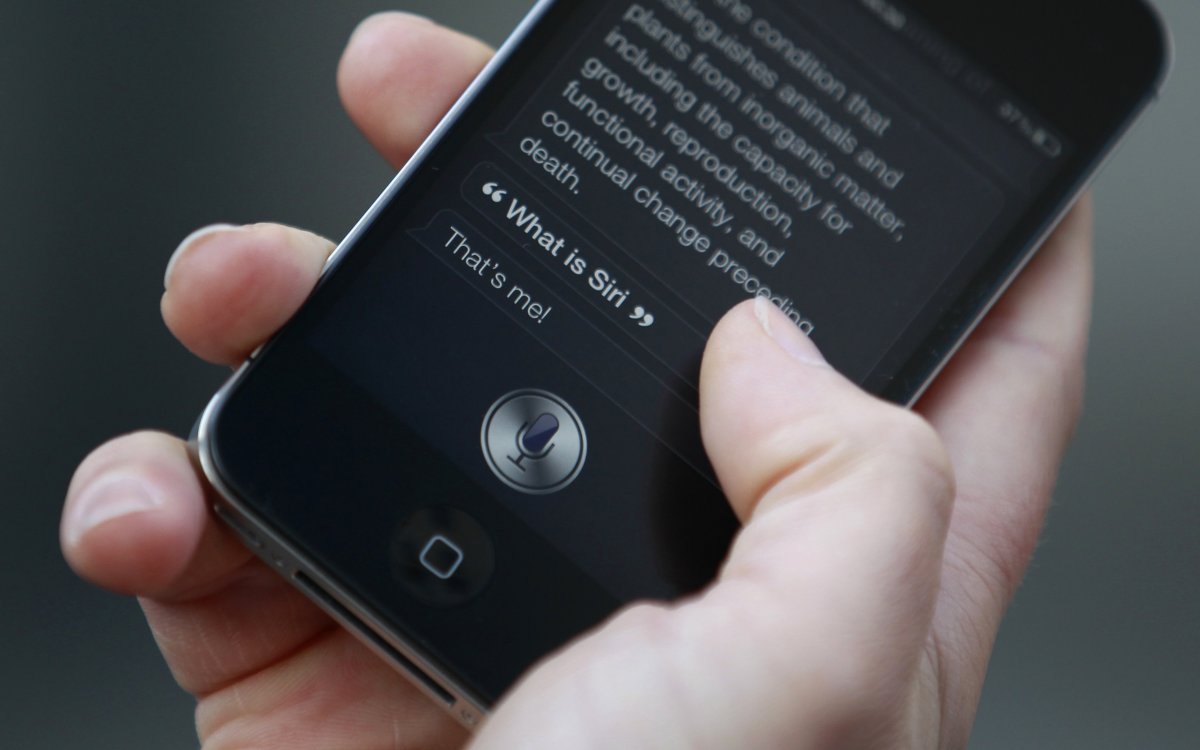 Suzanne Plunkett/Reuters
Suzanne Plunkett/Reuters
In 1998, the Rio PMP300 became the first truly mainstream digital media player. It sported 32 megabytes (that's 32 thousandths of a gigabyte) of storage.
It was a good early effort, but it was a pain to get music from a PC to the Rio.
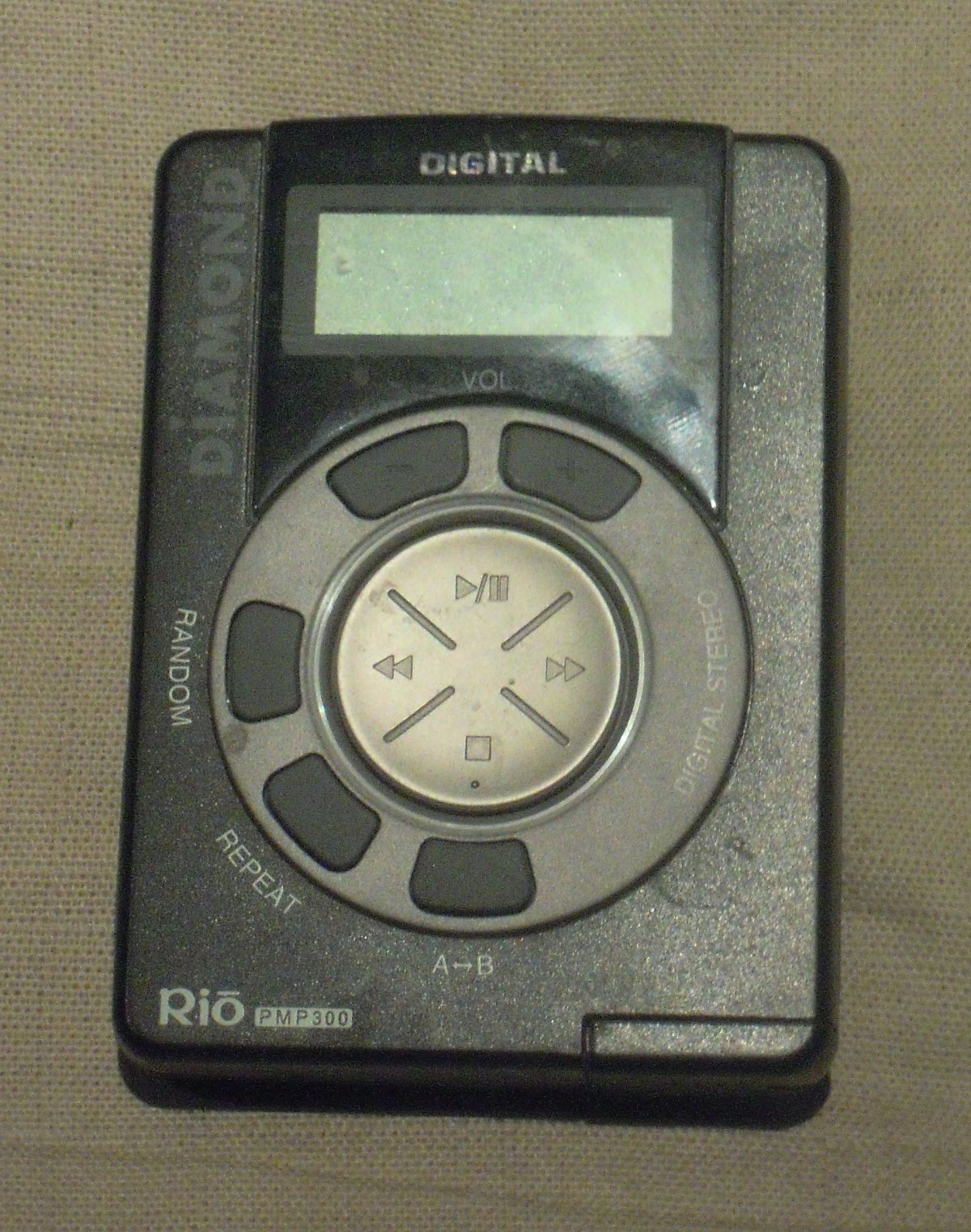 Wikimedia Commons
Wikimedia Commons
In 2001, Apple introduced the iPod, with a 5-gigabyte hard drive, an easy interface, and super-slick integration with the Mac.
In 2004, it added Windows support, and the iPod became a sensation that would pave the way to everything ahead.
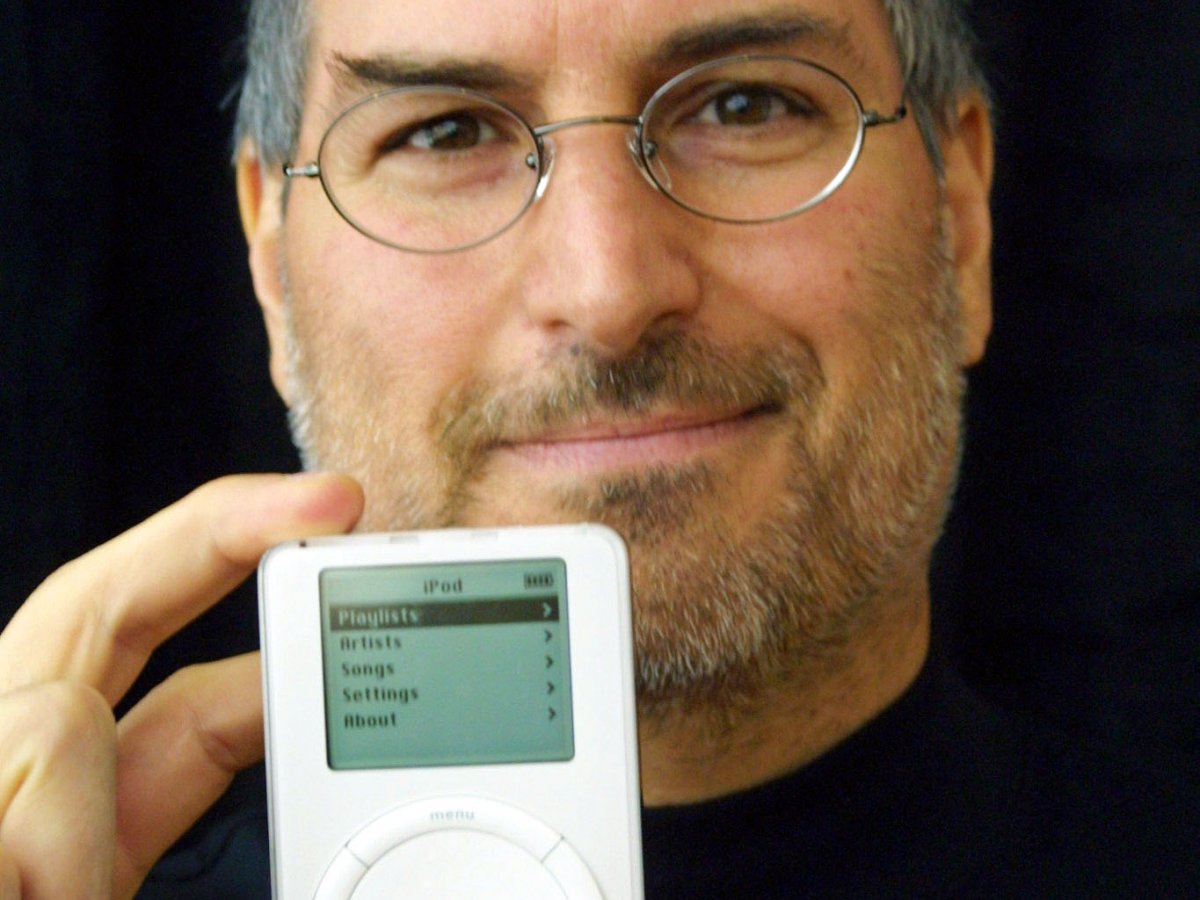 STR New/Reuters
STR New/Reuters
It's hard to say who invented the smartphone, depending on your definition. But 1994's IBM Simon could make calls, read emails, and receive faxes, if that definition suits …
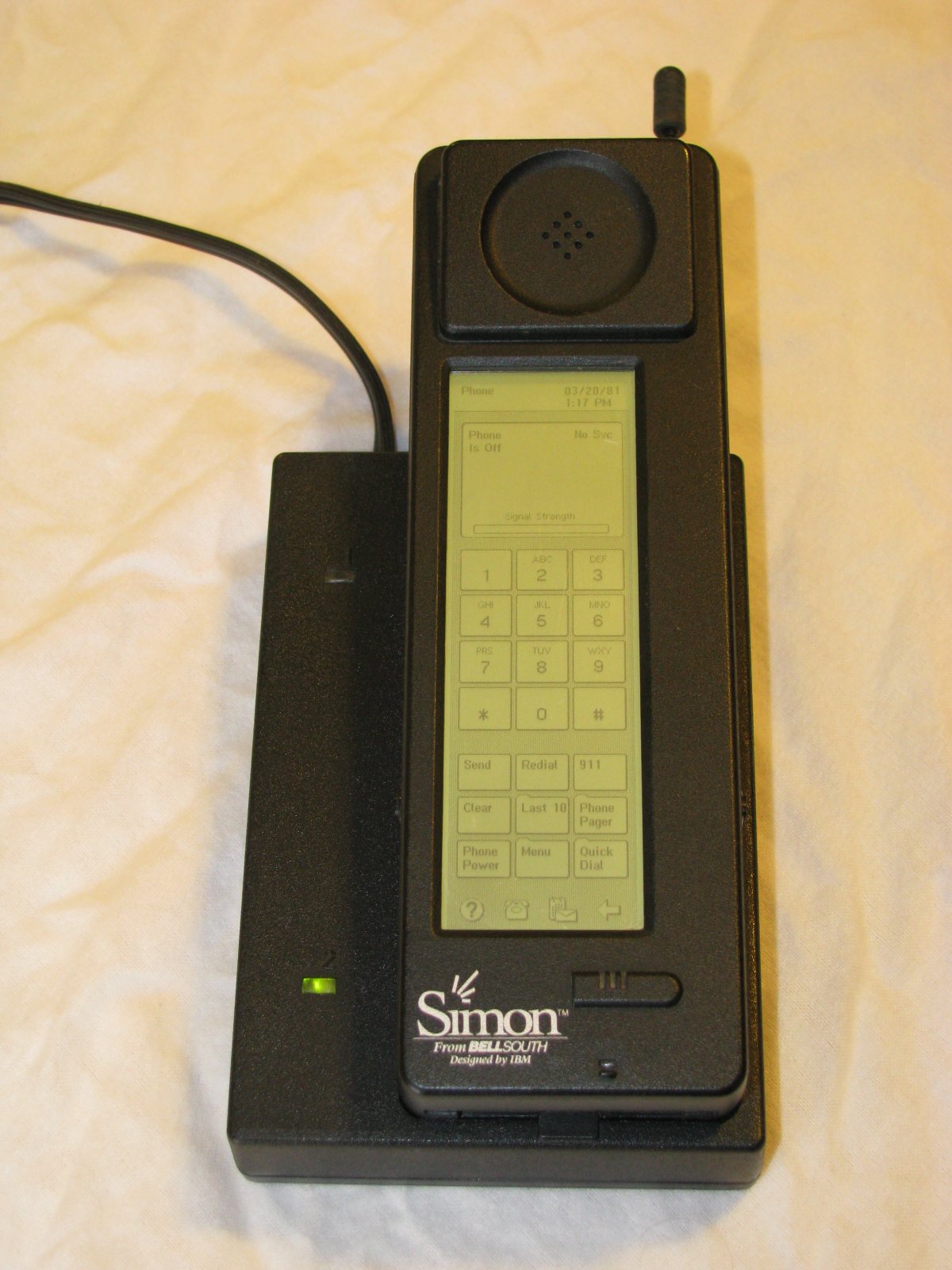 Wikimedia Commons
Wikimedia Commons
Or, if you prefer, in 2003, BlackBerry's first smartphone popularised the idea of getting stuff done from your phone …
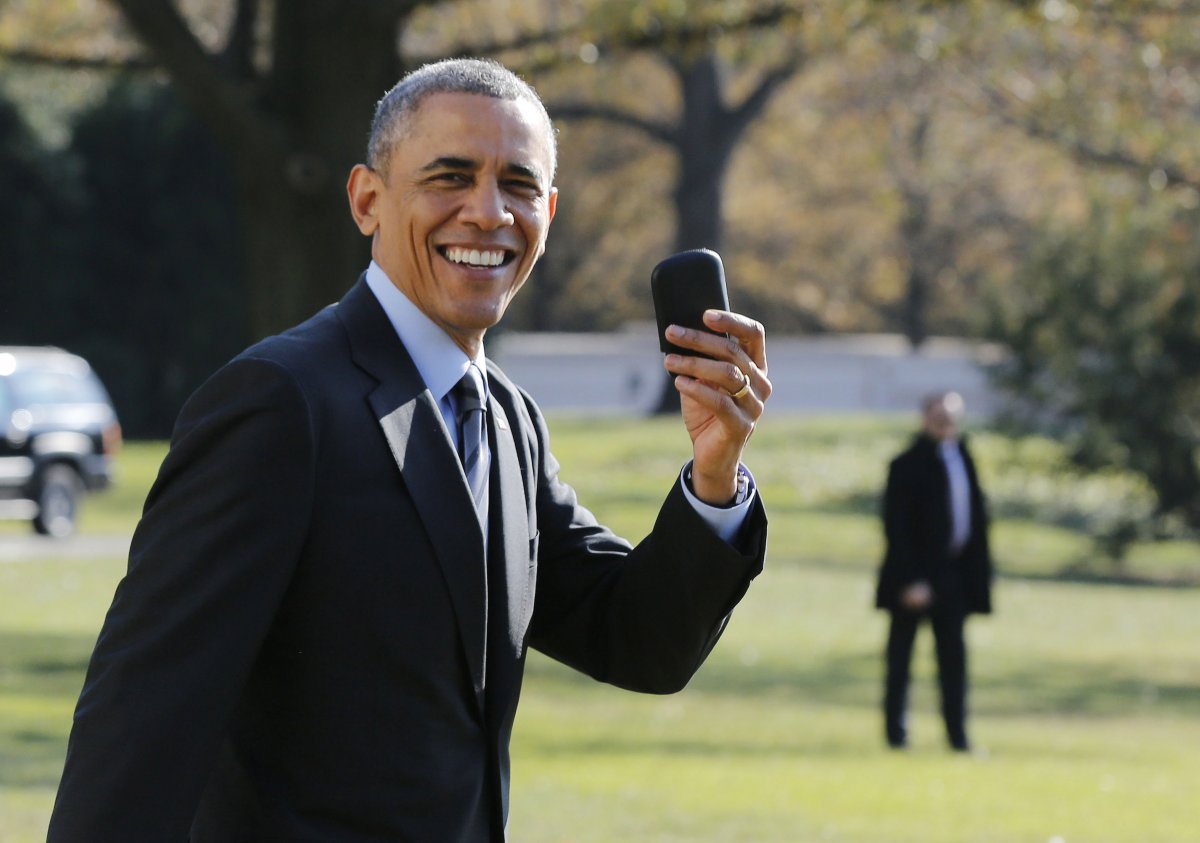 Reuters
Reuters
But Apple's 2007 iPhone completely upended the smartphone market, no matter how you define it.
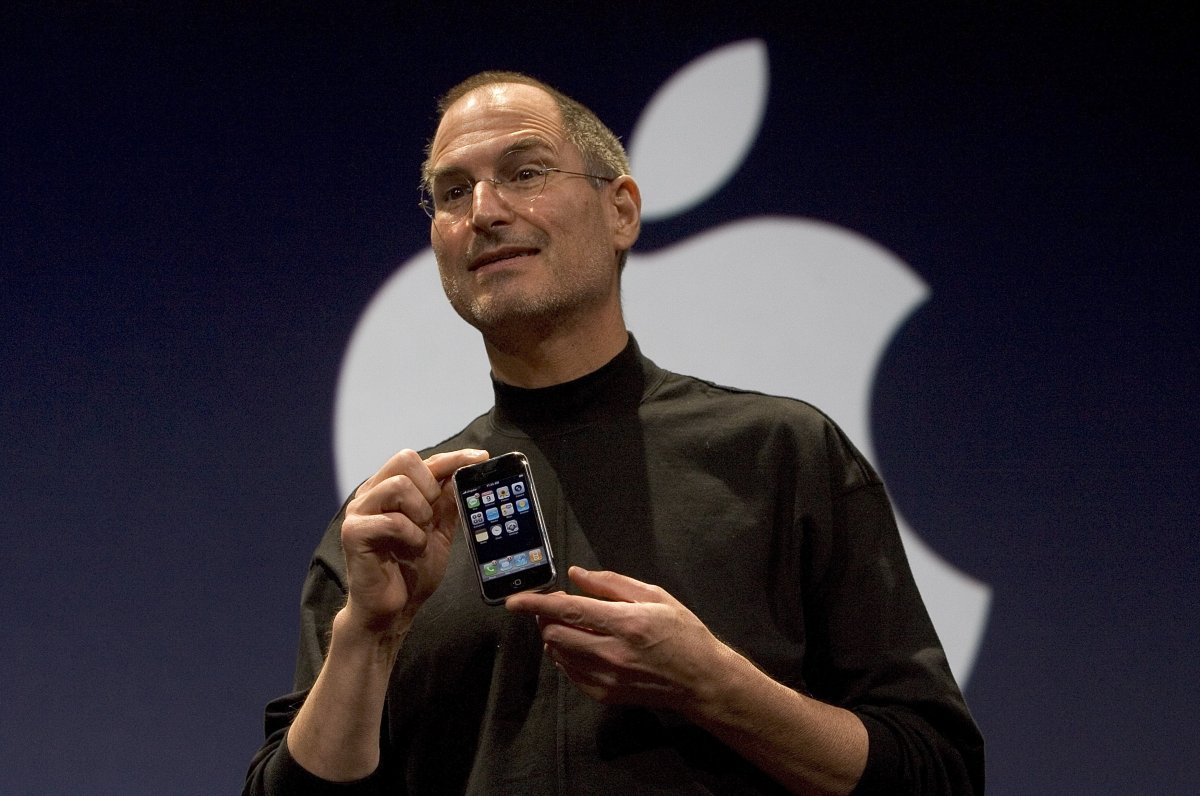 David Paul Morris/Getty
David Paul Morris/Getty
In 1998, the Rocket e-Book hit the market as the first-ever electronic book reader for consumers. It could only store 10 books.
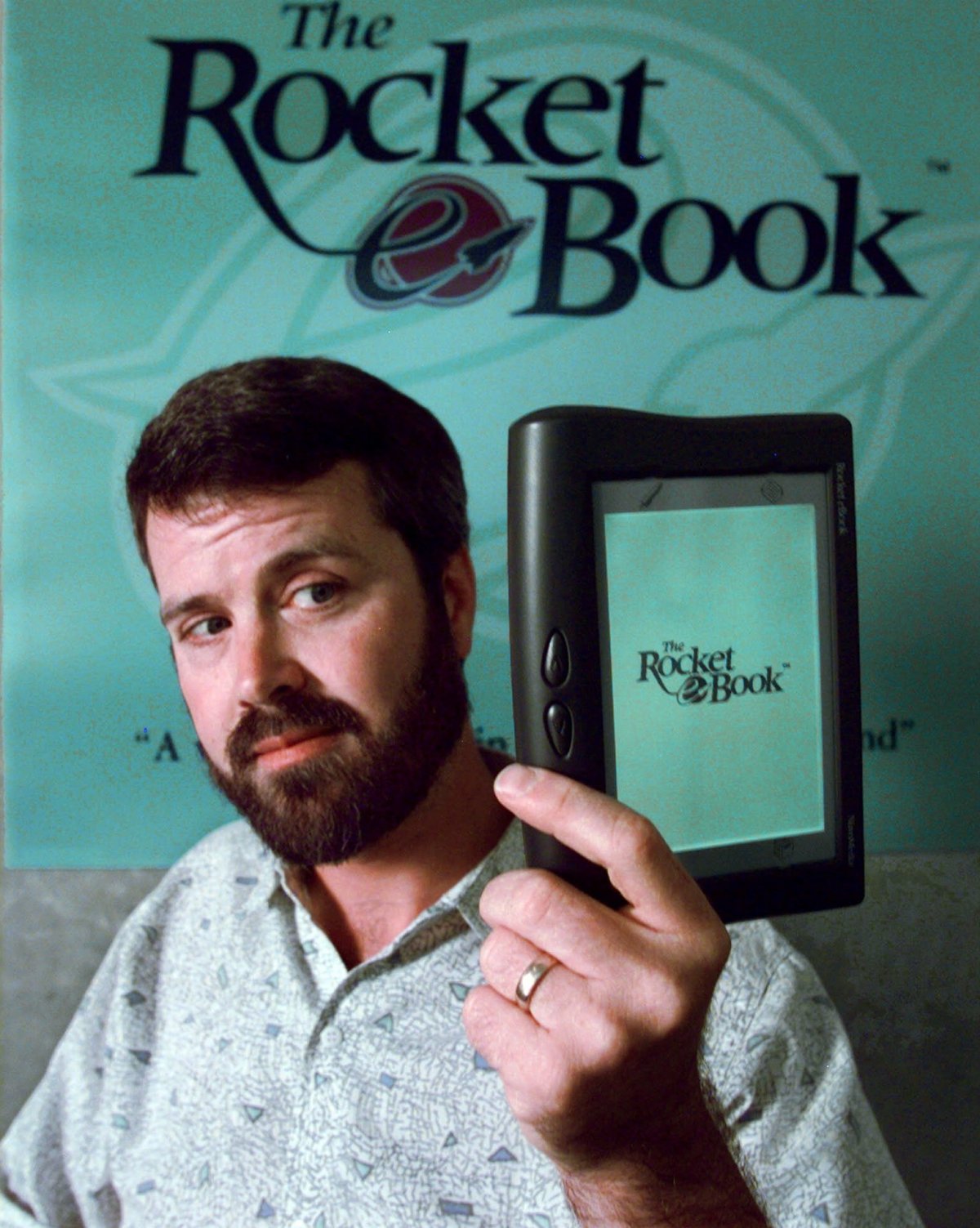 AP
AP
In 2007, Amazon took the concept and began to perfect it with its mega-popular Kindle reader.
The first Kindle sported an electronic ink screen, a cellular modem for on-the-go book downloading, and 250 megabytes of storage - making it the most consumer-friendly e-book reader ever.
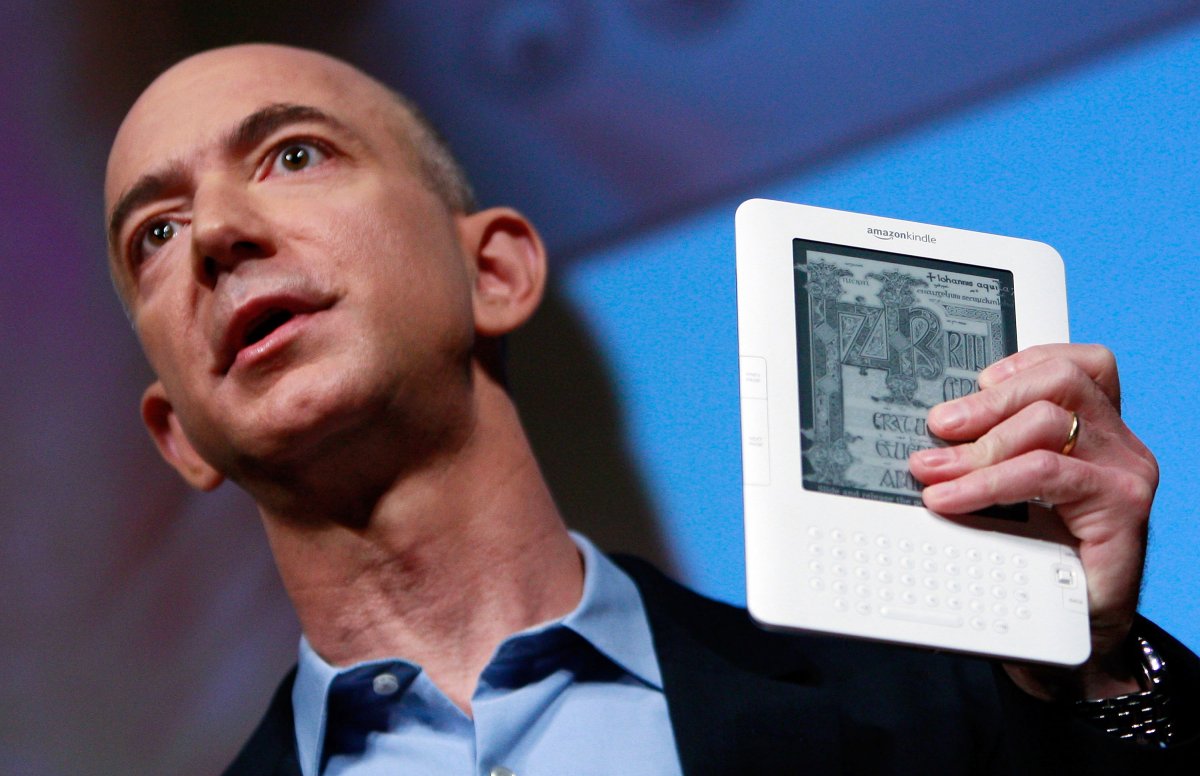 Mario Tama/Getty
Mario Tama/Getty
In 1983, Apple introduced the Lisa, a personal computer that was among the very first to offer a graphical user interface, or GUI, like the kind we're accustomed to today.
Lisa was kind of a flop, but it set a precedent.
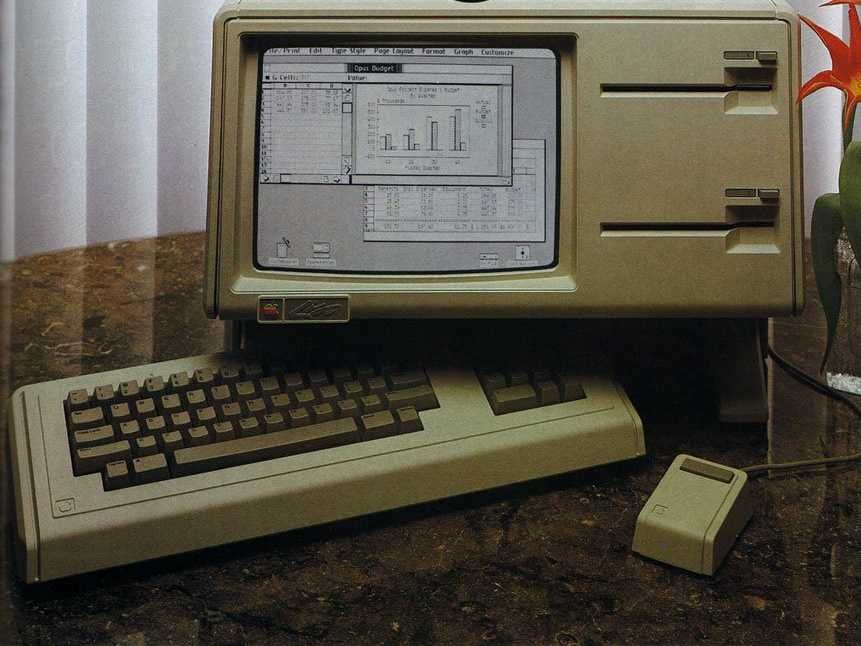 Apple
Apple
If you ask Steve Jobs, Microsoft stole the Lisa interface when it designed Windows. Bill Gates says that they both took their inspiration from the same places.
Regardless, Windows turned the GUI into an international empire that still stands today.
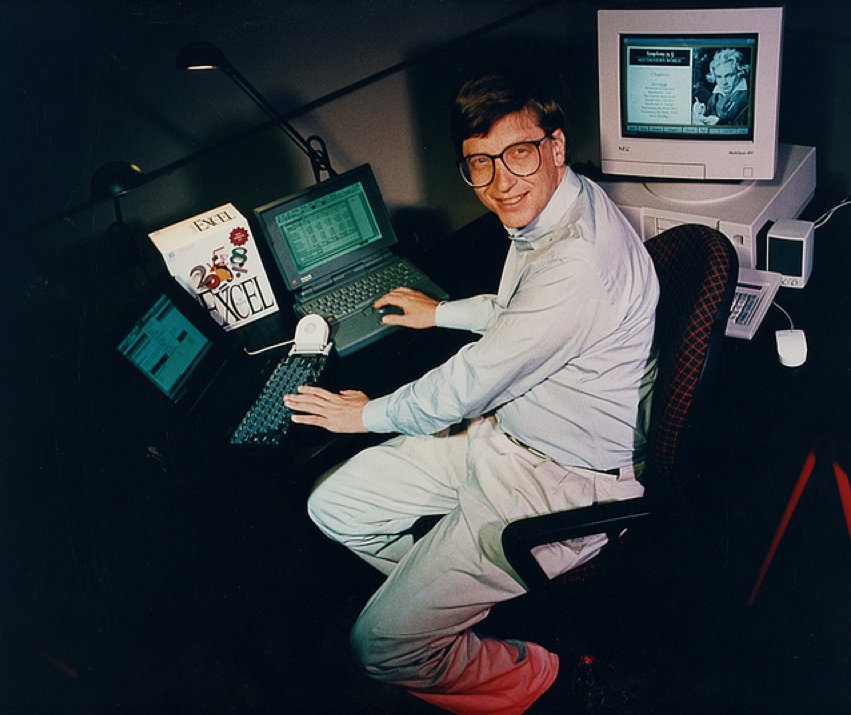 Microsoft Sweden/Flickr
Microsoft Sweden/Flickr
Search engines like Excite, AltaVista, Lycos, and Yahoo have existed since the earliest days of the internet.
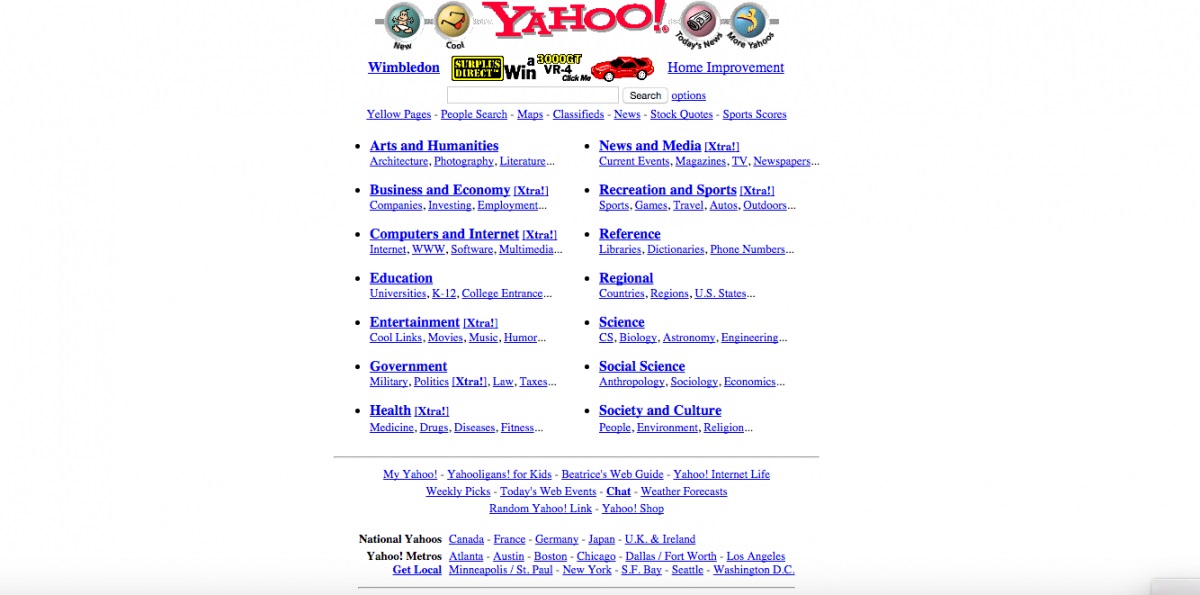 Wayback Machine
Wayback Machine
But Google invested something called PageRank, which rated sites based on how many other places linked back to them. That's how it knew which sites were most valuable and relevant, and it put those sites near the top of search results.
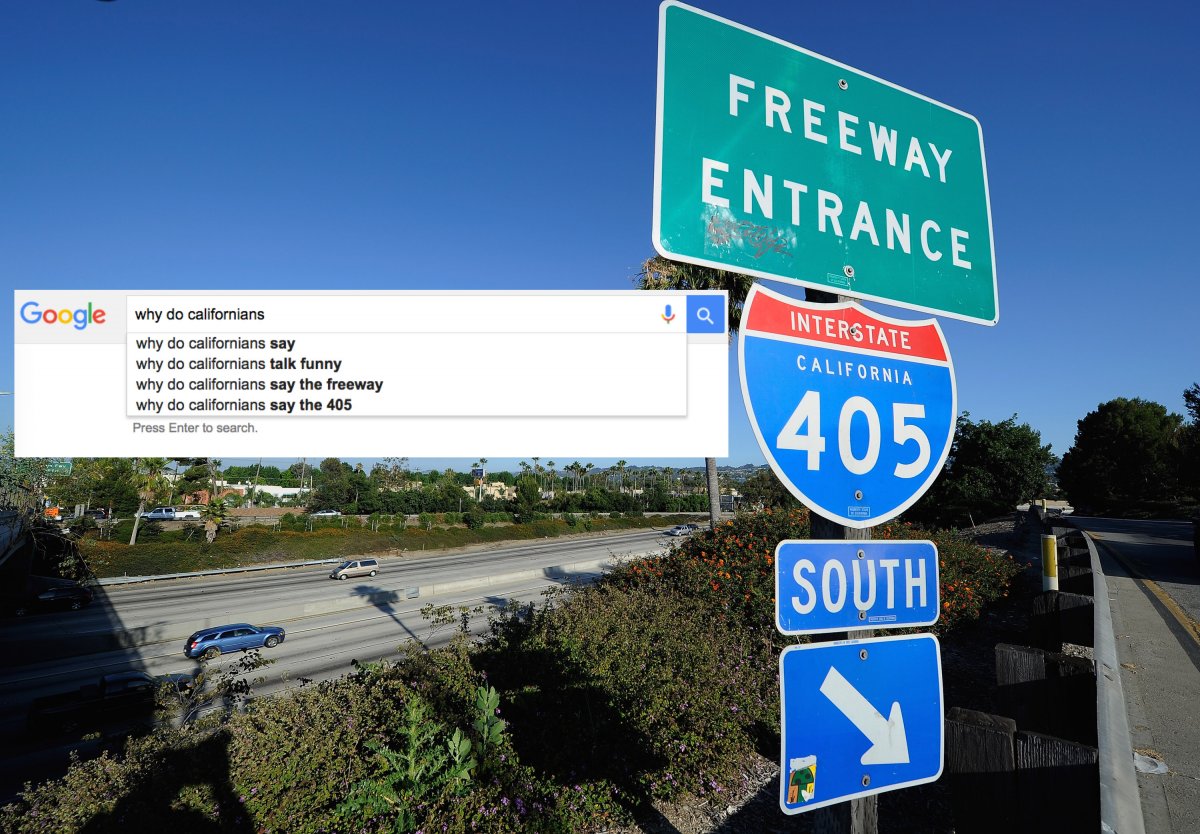 Kevork Djansezian/Getty
Kevork Djansezian/Getty
The idea for an electric car first came around in the 1800's (seriously). In the early 1990s, it seemed like the idea was going to come around again, with manufacturers like Honda, Chrysler, and Toyota giving it a shot.
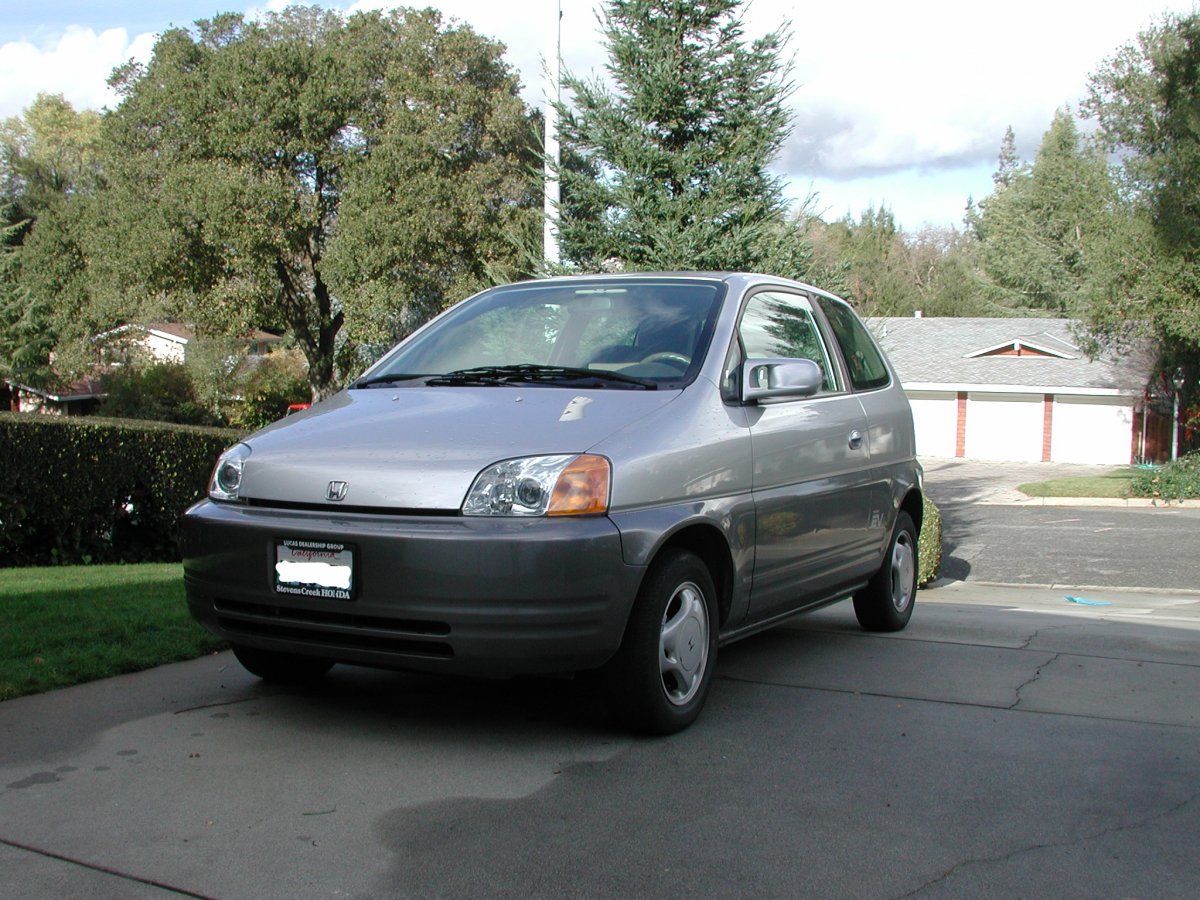 Wikimedia Commons
Wikimedia Commons
It wasn't until 2008's Tesla Roadster - highway-capable, unlike its forebearers, and stylish to boot - that the electric car suddenly seemed like something worth chasing.
Now, Tesla is leading the world of electric cars.
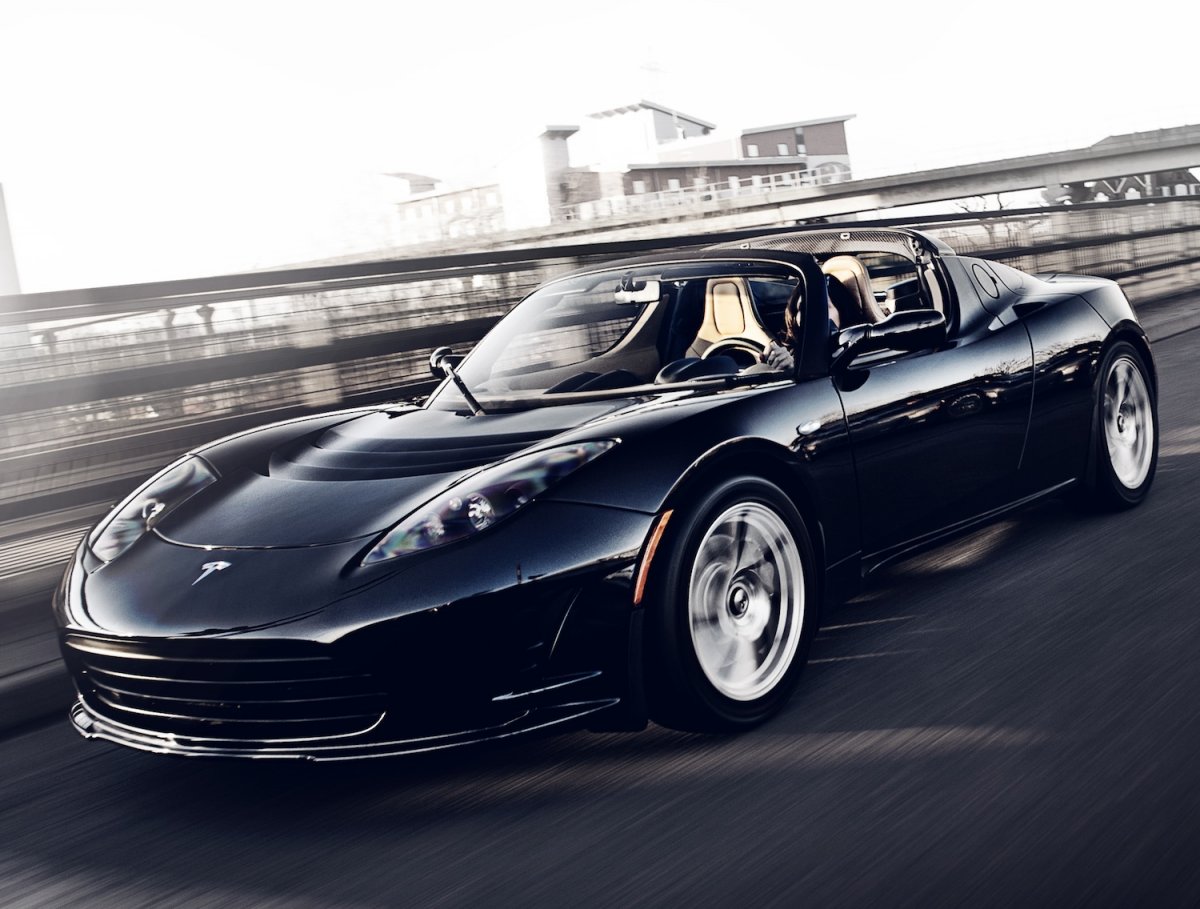 Telsa Motors
Telsa Motors
As early as 1998, web services like Cleverbot and Smarterchild were letting people exchange short, typed messages with a computer like it was a person.
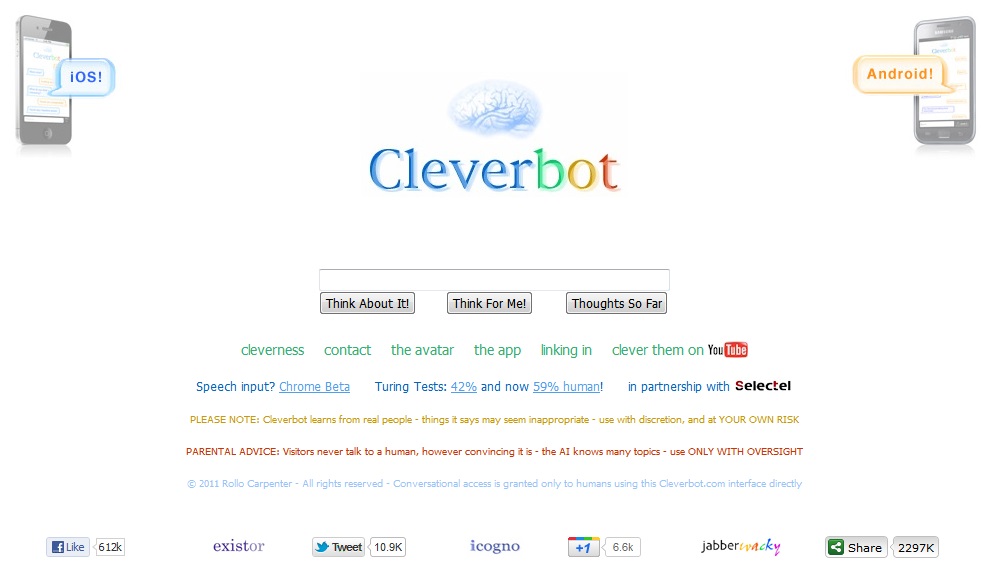 Wikimedia Commons
Wikimedia Commons
Slack, the $3.8 billion chat app, took that concept and made it into something useful: Slack's Slackbot can answer basic questions and even make some jokes.
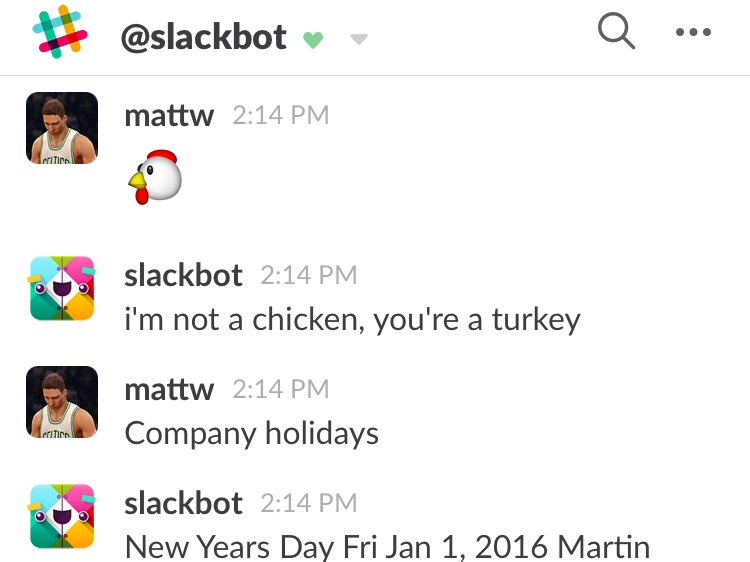 Matt Weinberger/Business Insider
Matt Weinberger/Business Insider
Friendster, launched in 2002, was the first mainstream social-networking site. It got to 3 million members in just a few months.
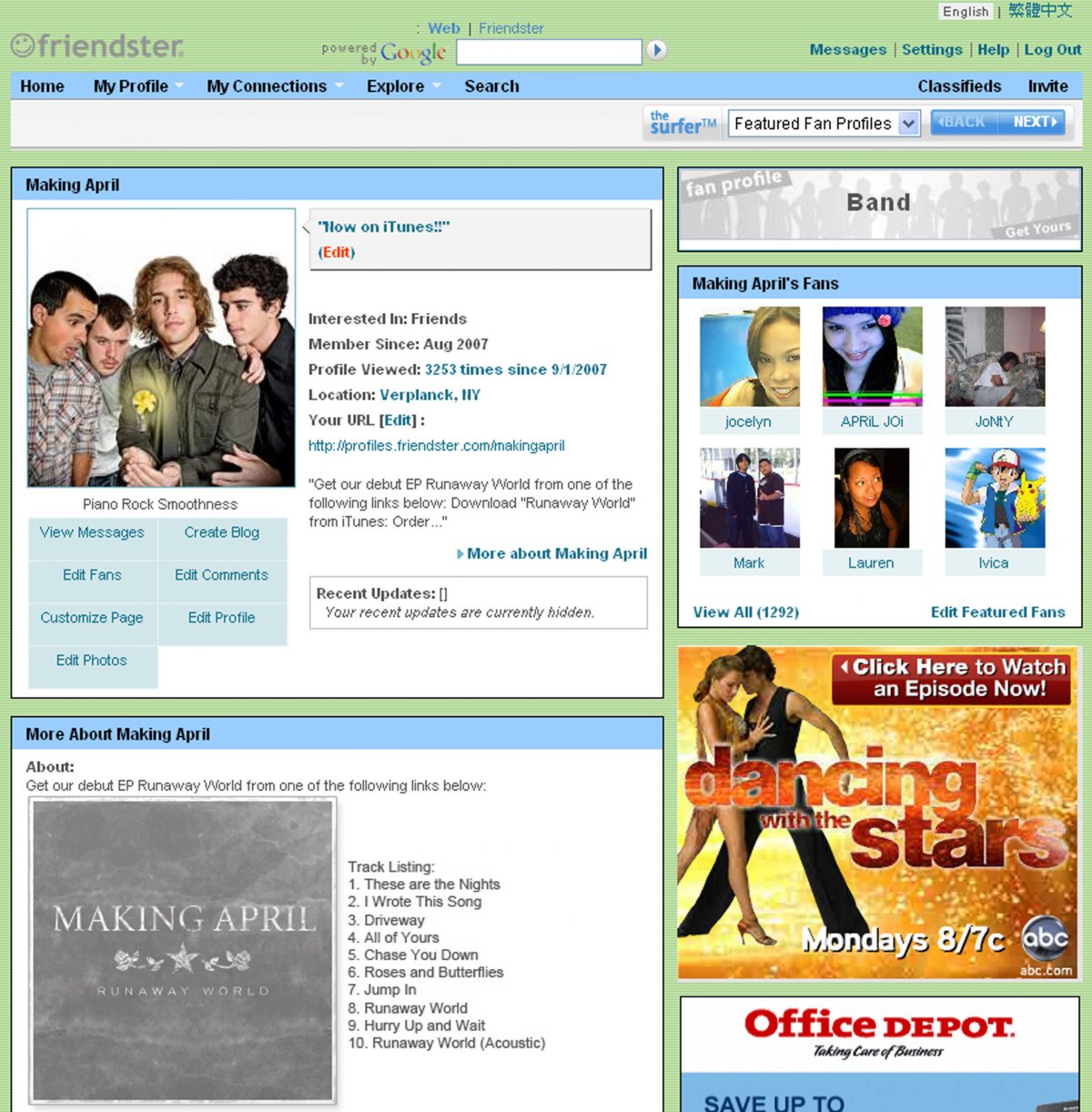 PRNewsFoto/Friendster, Inc.
PRNewsFoto/Friendster, Inc.
Friendster saw its traffic destroyed by MySpace, which launched in 2003 …
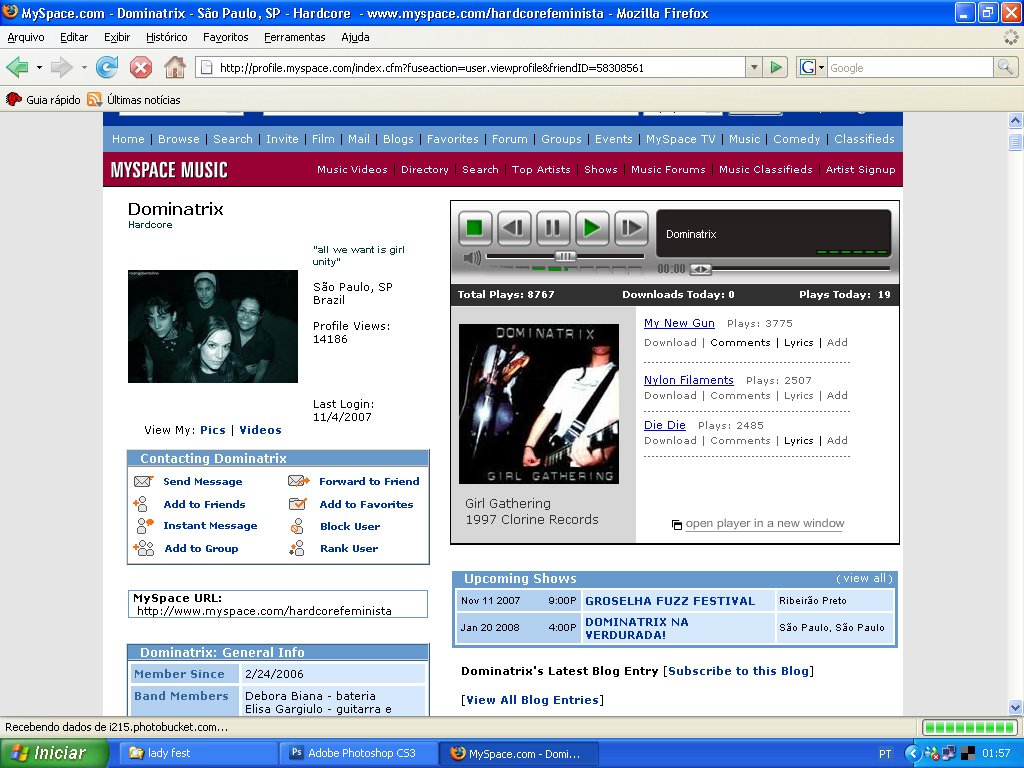 Rodrigo Bertolino/Flickr
Rodrigo Bertolino/Flickr
… and which, in turn, got destroyed by Facebook after it launched in 2004. Now Facebook is a major force in tech, growing past social networking and into virtual reality, artificial intelligence, universal internet access, and more.
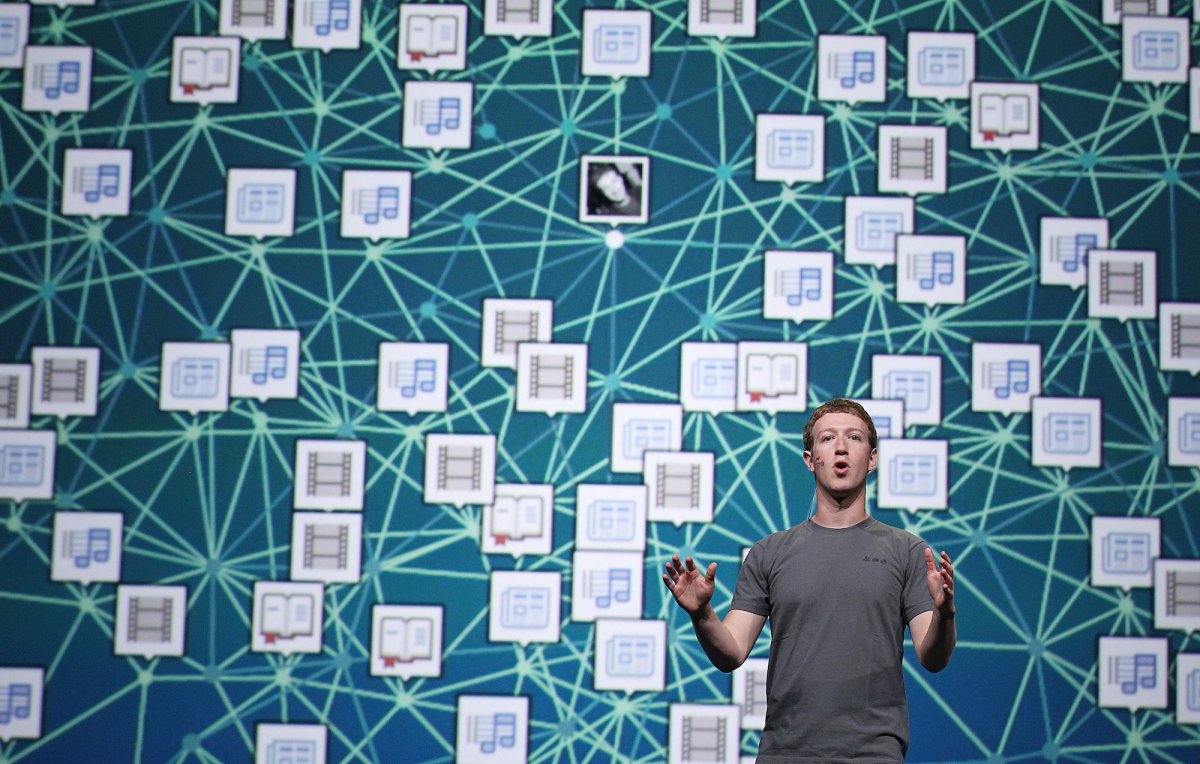 Justin Sullivan/Getty
Justin Sullivan/Getty
This article was originally published on Business Insider.
More from Business Insider:
